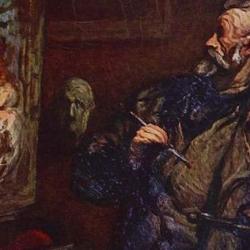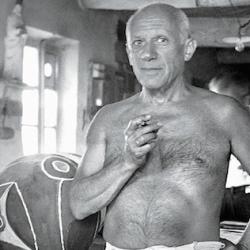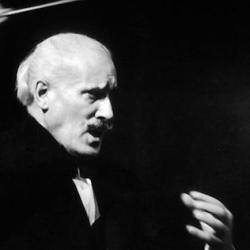Jed Perl doesn’t much like Jeff Koons and his “in-your-face” art. His review of the Whitney retrospective of Koons’s work is a small masterwork of critical scorn.
Nothing, Perl writes, nothing is left to the imagination in Koons’s work. Whether he’s sculpting or painting himself having sex with his ex-wife, the porn star Cicciolina, or replicating baubles from the shelves of WalMart, it’s all so obvious.
Perl writes, “Koons is a high-end purveyor of the literal and the obvious. That makes him the perfect artist for an era when everybody from the couch potatoes who are only now wearying of reality TV to the politicians in Washington who have made realism their watchword will assure you that the promise of something different or better is no more. The twenty-first century is proud to be done with the ideal. And if there is one thing that you can say for Koons’s work it is that he deals in what is taken to be the real—even if the real is an act, a fake, a copy, an impersonation, what might be called the really unreally real. There is nothing on Planet Koons we haven’t seen before, admittedly generally in smaller, less costly, less shiny versions. His work is the apotheosis of Walmart. For the sophisticated museumgoing audience, which is inclined to boycott Walmart because of the miserable way it treats its workers, Koons’s supersized suburban trinkets can be a smarmy guilty pleasure.”
In short, “Koons is a recycler and regurgitator of the obvious, which he proceeds to aggrandize in the most obvious way imaginable, by producing oversized versions of cheap stuff in extremely expensive materials.” Perl doesn’t think comparisons with Duchamp and other modernists stand up. Duchamp’s “Fountain” was a private gesture, a questioning of art in an age of mass production. Koons, he thinks, represents nothing less than art’s capitulation to mass production.
Koons is aware of critics like Perl. There’s a defensive earnestness in Koons’s interviews that’s not a little pathetic. He talks about how good he is at drawing and drafting, about his art school awards. Can you imagine Rodin or Picasso reaching back to art school to prove their credentials?
But I think Perl might miss one of the layers of the Koons “cult” as he calls it. It’s art for an age that has given up the ideal, perhaps, but the lack of subtlety that one finds in early modernism has its own significance. Perhaps for Koons the subtlety of the work is in his forthright renunciation of subtlety, the irony is his unwillingness to entertain irony.
And perhaps that where art must go once it gives up on ideals.















